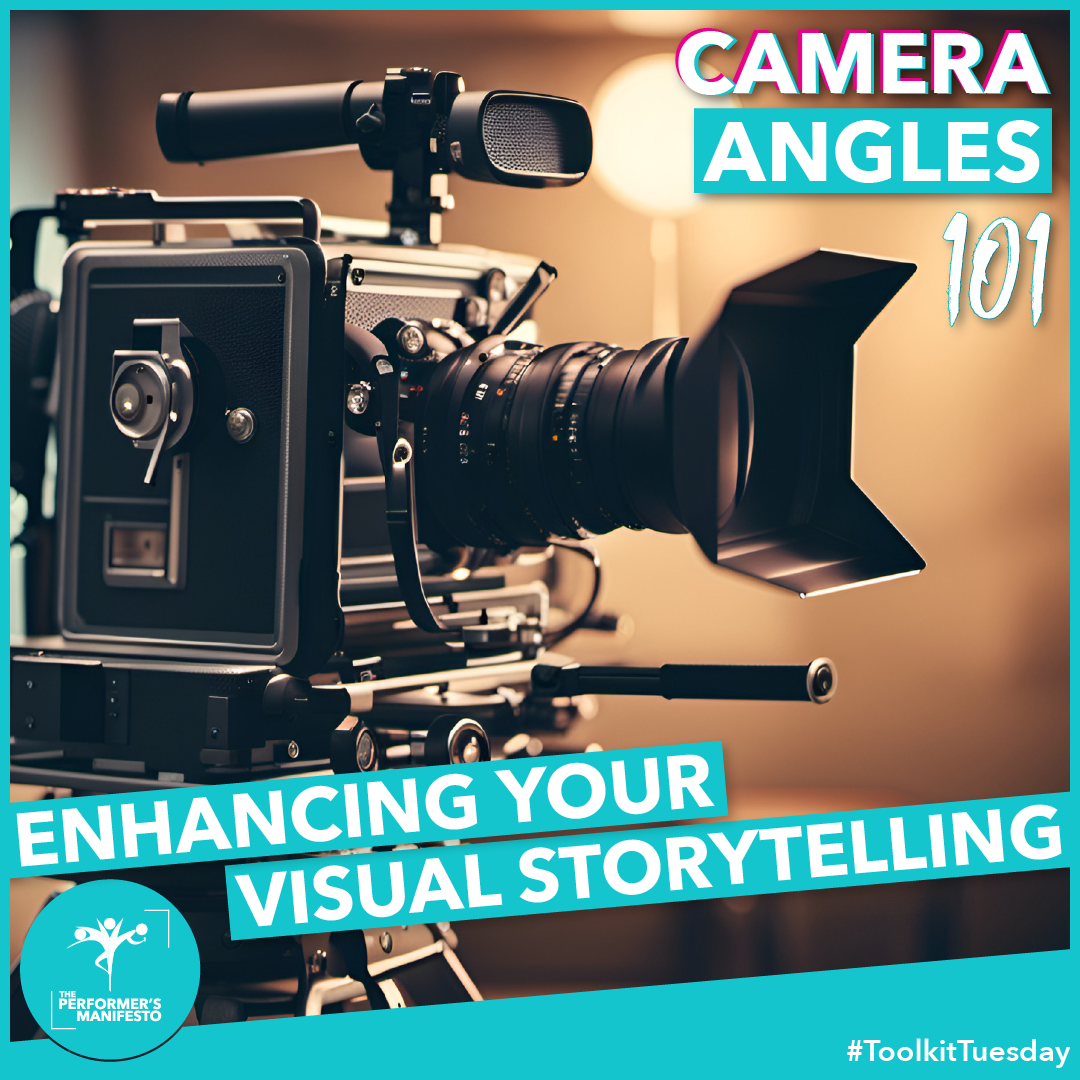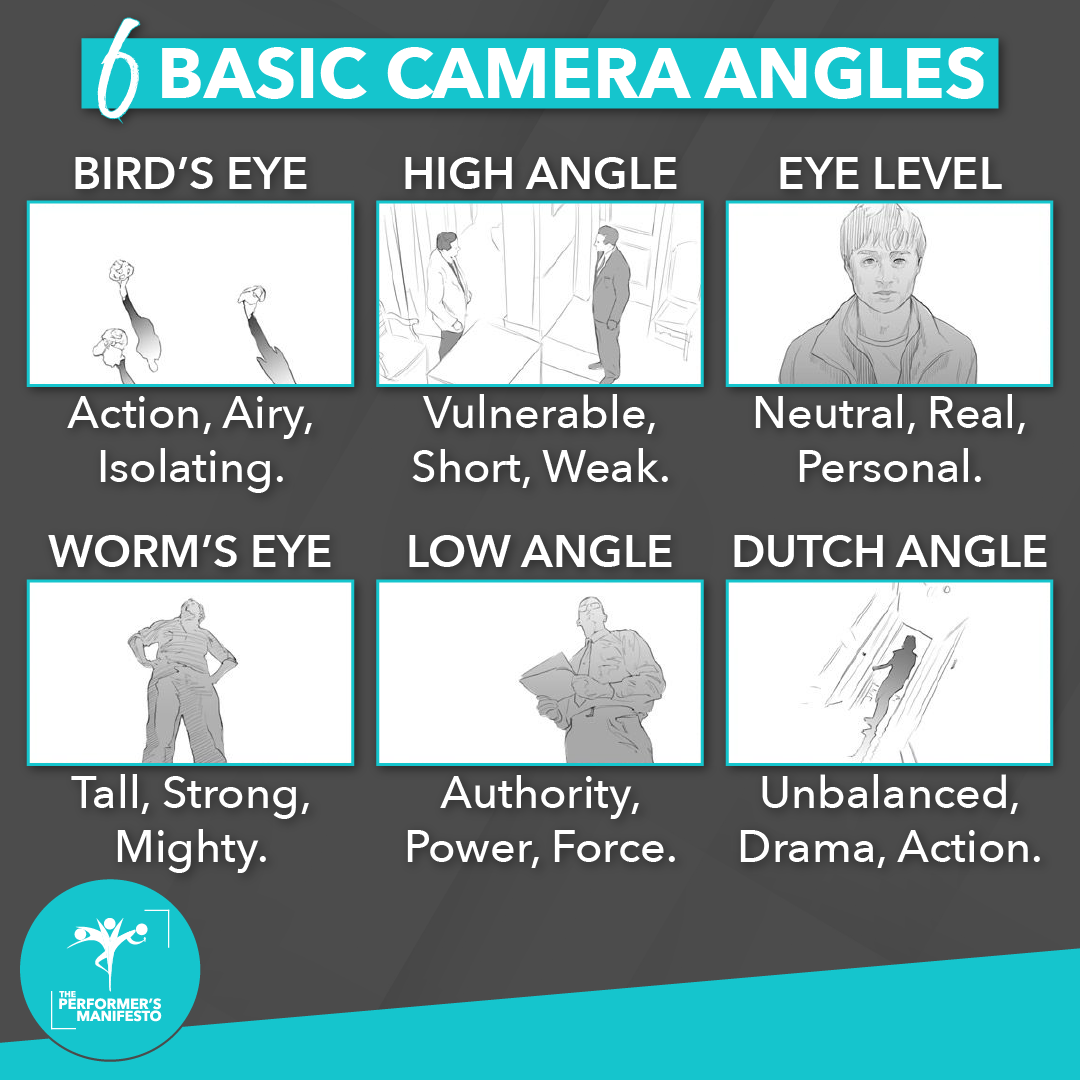In our journey of artistic expression, understanding the subtleties of our tools can make all the difference. Today, let’s focus on a crucial aspect of visual storytelling — camera angles. Thanks to @nathanaardvark, we have a fantastic visual guide to six fundamental angles and the unique moods they convey.
Bird’s Eye View
Up high with the birds, this angle gives us a grand scale of the scene. It’s great for showing action or setting a solitary mood for your character. When you need to convey a sense of the bigger picture, this is your go-to.
High Angle
A slight tilt downwards can change everything. The high angle can make characters seem smaller, a little overwhelmed, or in a position of vulnerability. It’s subtle but effective when the story calls for empathy.
Eye Level
The eye level shot is the most neutral and relatable angle. It’s like a comfortable conversation, where the connection is direct and sincere. When your performance calls for an honest and personal touch, let the eye level angle be your faithful companion.
Worm’s Eye
Looking up from below, everything seems monumental. This is your angle for showcasing strength, confidence, and a commanding presence. Stand tall, and let the worm’s eye view do the rest.
Low Angle
Just a bit higher than the worm’s eye, the low angle reinforces the idea of authority and power. It’s impactful for those moments where your character needs to be seen as a force to be reckoned with.
Dutch Angle
Time for a little tilt to shake things up. The Dutch angle brings a sense of urgency, tension, and drama. When the narrative needs an extra edge, this unconventional angle can add that necessary visual excitement.
Toolkit Tip: Think of these angles as different lenses for your storytelling. Each can add a new dimension to your performance, shaping how the audience feels about your character and the situation.
Remember to Save this guide! Whether you’re prepping for a self-tape or crafting a scene, these camera angles are invaluable allies in your creative arsenal.
Experiment with these angles in your next project. Ask yourself: How can they enhance the story you’re trying to tell? How can they reflect your character’s emotions without a single line of dialogue?
Keep exploring and using these visual tools to deepen your storytelling skills. Let your talent shine through the camera’s lens!



